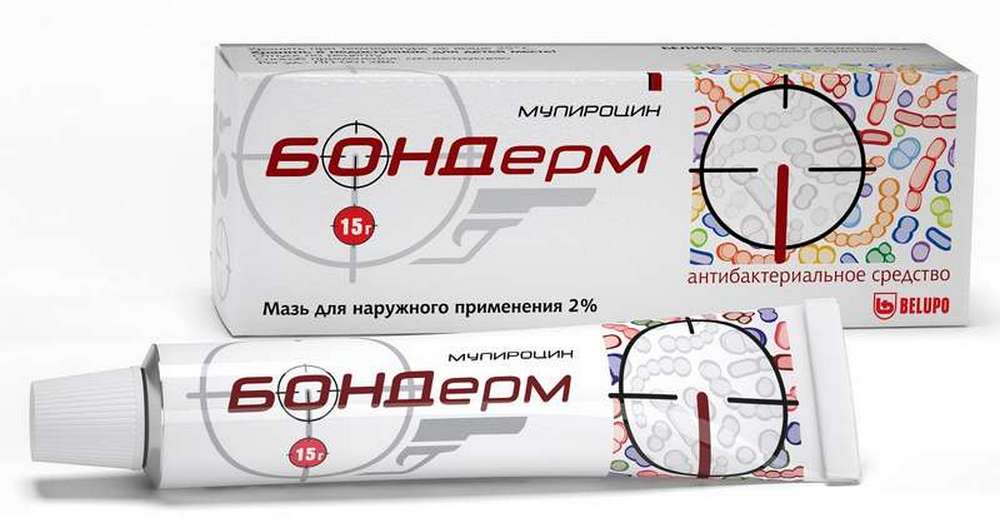Urticaria, or, as it is also called by doctors, urticaria (urticaria) is a very common disease characterized by the appearance of itchy blisters of various sizes on the surface of the skin and mucous membranes, colored from pale pink to brown.
According to various estimates, every third inhabitant of the planet has suffered from urticaria at least once in his life. Scientists have calculated that the peak incidence occurs at the age of 20 to 40 years. Although cases of this disease are known both in early childhood and in elderly people.
Hives do not get contagious even with close enough contact. However, it is imperative to treat this ailment. Do not underestimate the consequences, which can be quite dangerous - right up to Quincke's edema and anaphylactic shock. To prevent this from happening, it is important to start quality treatment in a timely manner. In order to speed up the search and help choose the most effective drugs, the editorial staff of the site "bestx.htgetrid.com/en/" has prepared an overview of the best remedies for urticaria for 2020.
Hives - what is it
The disease got its name from the Latin word "urtica", which means "nettle". For the first time, a detailed description of the disease appeared in England at the end of the 15th century. As the court physician of the last Plantagenet king testified, Richard III developed an itchy rash on his body, as after contact with nettles, after the British monarch ate strawberries.
Modern dermatologists believe that in the overwhelming majority of cases, urticaria is an allergic skin pathology that appears when the body is exposed to any irritant. Much less often it can manifest itself as a symptom of other diseases.
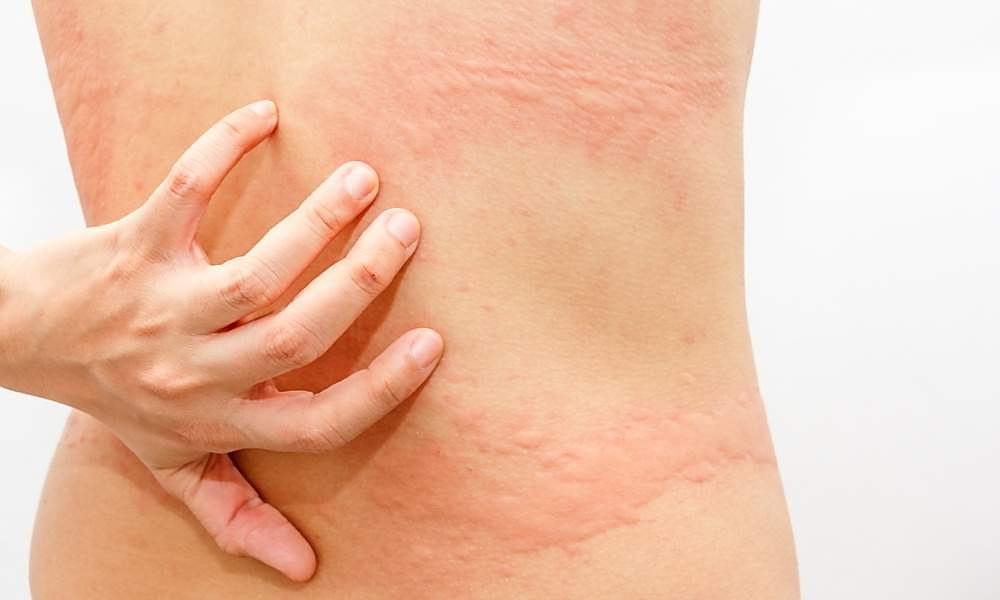
The causes of the disease
The reasons that provoke hives can be very diverse.
- Medicines - antibiotics, non-steroidal anti-inflammatory drugs, B vitamins, diuretics, contrast agents for radiography. And this is not a complete list.
- Food products - eggs, meat, milk, chocolate, canned food, nuts, apples, strawberries, carrots, stone fruits, honey, melon, citrus fruits, smoked products, fish, seafood, food additives and dyes.
- Hymenoptera venom (bees, wasps, hornets), snake or spider bite, jellyfish sting.
- Allergens - plant pollen, fungal spores, pet hair, cosmetics, detergents.
- Physical factors - cold, heat, ultraviolet radiation.
- Nervous or emotional upheavals - stress, prolonged depression, neurosis, excessive excitability, increased fatigue.
- Various diseases: autoimmune, parasitic and infectious.
Itchy rashes can also be caused by mechanical irritation (tight clothing, tight belt), physical exertion.
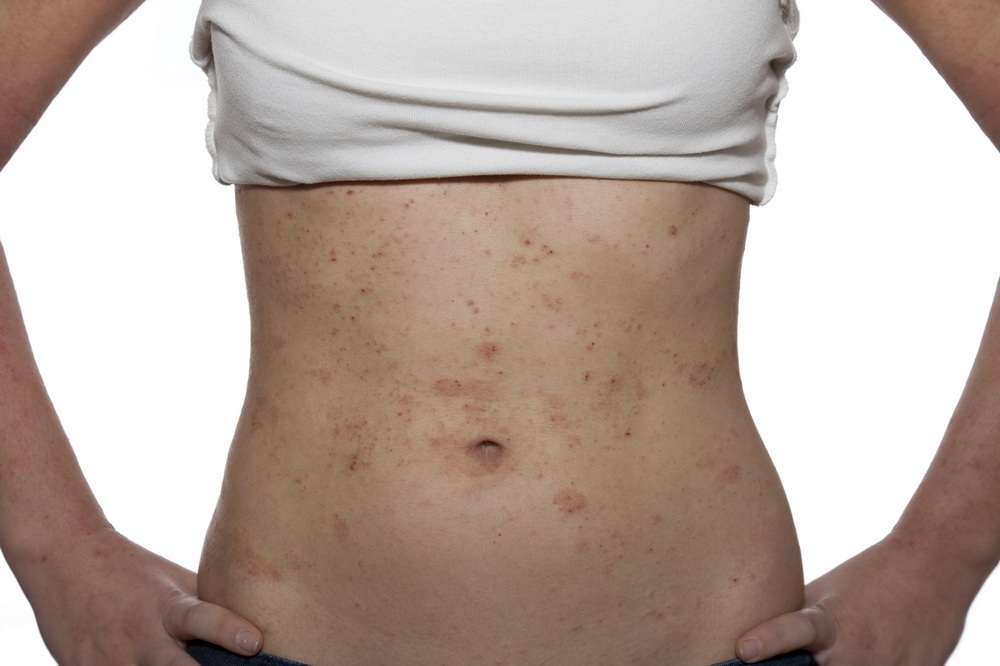
Symptoms in adults and children
Urticaria is a form of dermatitis characterized by the appearance of lesions in the form of highly itchy, flat raised blisters. In this case, the inflamed areas of the skin become hot to the touch and cause painful sensations with any touch. In addition, against the background of pronounced itching, sleep disturbances, a decrease in the physical and mental performance of a person are noted.
Any localization of the rash is possible, including palms, soles, genitals, scalp, mucous membranes of the oral cavity and respiratory tract.
In children, blisters often cover the entire body, turning into a single spot. In this case, serious skin damage is combined with a deterioration in the child's condition: the body temperature rises to high levels, vomiting opens and diarrhea develops.
Urticaria classification
The disease can occur in an acute or chronic form, each of which is due to the causes, the degree of body resistance, the patient's age and concomitant diseases.
- Acute urticaria appears unexpectedly and disappears in the same way, leaving no marks on the skin. The main element of the disease is a bright rash accompanied by itching, which can disappear within a few hours or minutes. In any case, the disease lasts no more than three, less than four weeks and passes without a trace, leaving no complications.
- Chronic - characterized by a long course (more than one and a half months) and periodic relapses. Along with itchy rashes, there is an increase in body temperature over 38 degrees, headache, aching joints and muscles, disturbed sleep. The skin becomes dry, covered with a crust, and ulcers of varying severity may appear. With extensive lesions, there is a risk of bronchospasm and anaphylactic shock.
How to cure hives
The main principle of treating an ailment is to eliminate the provoking factor. If you take action at the first symptoms, then the disease will pass quickly and without consequences.
Comprehensive treatment includes three stages:
- Removal of the allergen from the body;
- Appointment of symptomatic therapy;
- Adjustment of diet and diet.
At home, it is recommended immediately, after the first signs of urticaria, to rinse the stomach and take sorbents. For example, activated carbon, "Smectu", "Polysorb", "Enterosgel", "Karbolong". In addition, you should drink plenty of room temperature water without gases.
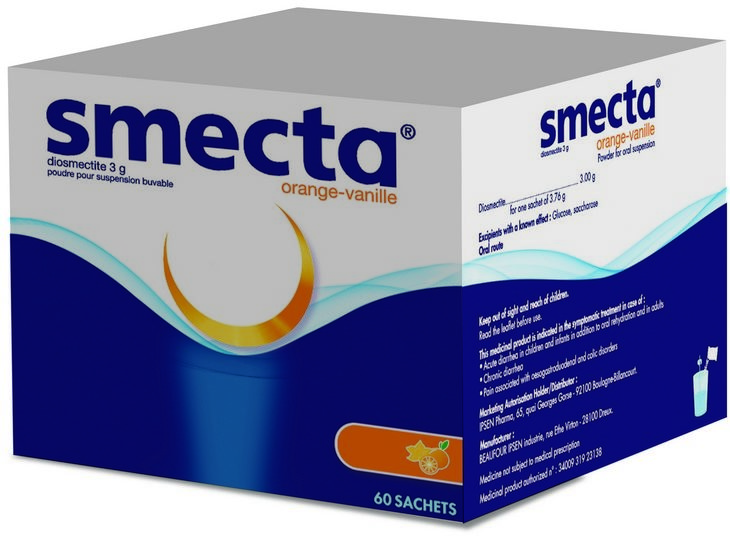
As for the menu, all patients suffering from hives need to exclude from the diet fatty and fried foods, smoked and pickled foods, spicy foods, citrus fruits, chocolate, coffee, honey, nuts, spices, carbonated drinks and alcohol.
Please note that with the rapid development of edema (especially in the throat area), you should immediately call an ambulance.
Drug therapy
If the urticaria is not treated or treated incorrectly, then this disease can lead to very serious complications or even death. Therefore, everyone, at least once faced with its manifestations or has a genetic predisposition to allergies, needs to know what drugs are used to treat the disease.
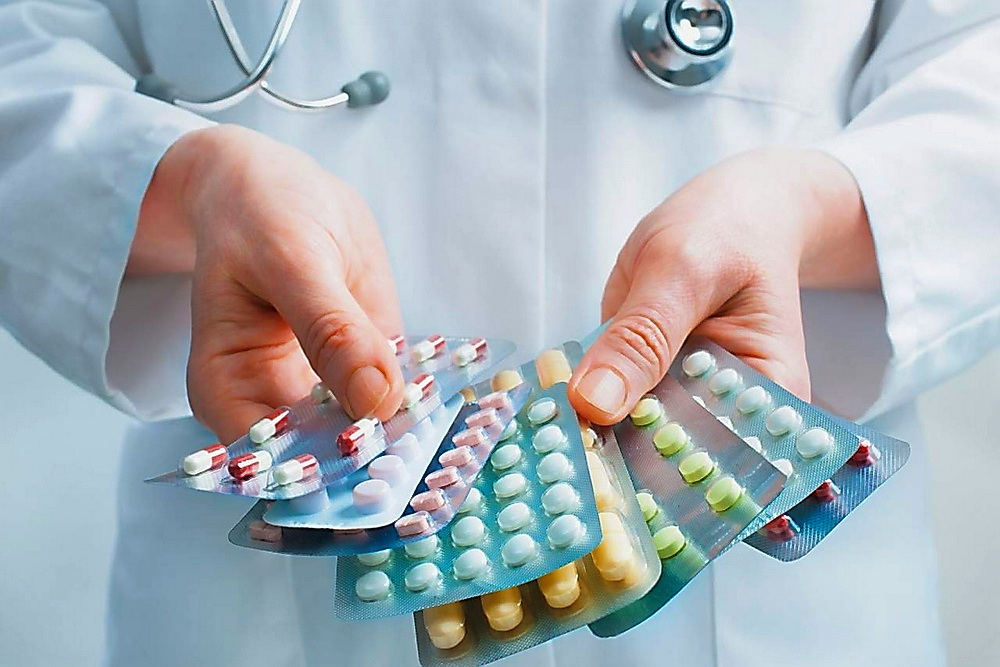
Antihistamines
Possessing good antipruritic, antispastic, antiserotonin and local anesthetic effects, antihistamines (AGP) completely eliminate acute urticaria within 14 days.
AGPs have been known for over 80 years. The first drugs of this drug group were developed in 1936 when searching for new anticholinergic drugs (for the treatment of chronic obstructive pulmonary disease and bronchial asthma).
AGPs of the First generation effectively block histamine receptors, due to the activity of which allergic reactions occur, and are indispensable in cases of emergency emergency care.
Advantages:
- They give a quick and strong, but short-term (up to 8 hours) therapeutic effect;
- Designed for the treatment of allergic diseases, both in adults and children from the first months of life;
- Almost do not stay in the body, are immediately excreted;
- They have antiemetic and anti-pumping effects;
- Some enhance the action of analgesics;
- Relatively affordable.
It should be noted that First-generation antihistamines are now rarely used in therapy. The reason is numerous side reactions.
Disadvantages:
- They work for a short time;
- Addictive (need to be changed every 10 days), which is dangerous by adverse reactions;
- They have a sedative effect;
- Reduce the reaction rate;
- Negatively affect the gastrointestinal tract, liver, heart and blood vessels;
- Enhances the effect of alcohol.
The list of commonly used First Generation drugs includes: Suprastin (Chloropyramine), Diphenhydramine (Diphenhydramine), Tavegil (Clemastin), Fenistil (Dimetinden), Diazolin (Mebhydrolin), Fenkarol (Hifenadine), Ketotifen.
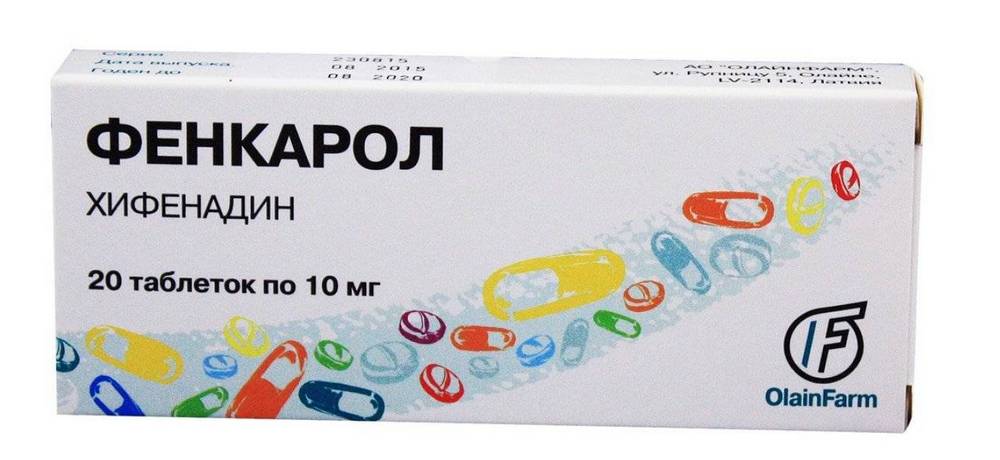
The second generation of antihistamines, which appeared in the late 1970s, due to a higher safety profile, is used for the relief of acute and prolonged allergic diseases, chronic idiopathic urticaria.
Advantages:
- They do not have a sedative effect;
- They work for a long time, so they are taken once a day;
- They are not addictive, which allows them to be prescribed for a long time (up to a year);
- When you stop taking drugs, the therapeutic effect lasts about a week;
- Not adsorbed with food in the gastrointestinal tract.
Disadvantages:
- Caution is needed when combining with other drugs;
- Contraindicated in patients with cardiovascular problems and kidney and liver diseases.
The most common second generation antihistamines are: Claridol (Loratadin), Zyrtec (Cetirizine), Akrivastin (Simprex), Ebastin (Kestin).
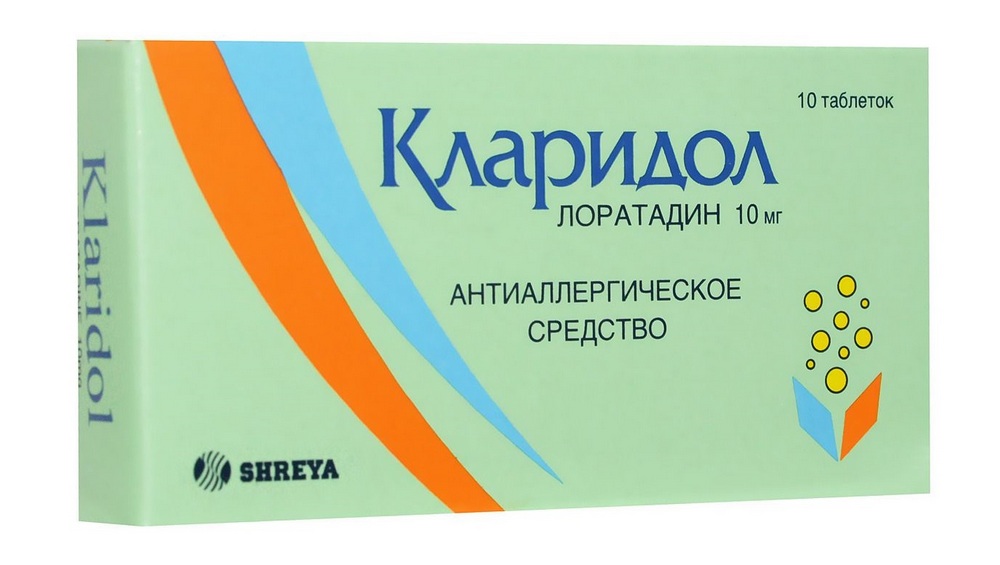
In the second half of the 90s, scientists developed Third Generation antihistamines, which are prodrugs. This means that, entering the body, they are converted from their original form into pharmacologically active metabolites.
Advantages:
- Shown for all age groups (children from six months of age);
- Have no significant systemic side effects;
- Not addictive;
- They have a significant duration of action (up to 48 hours);
- They do not have a sedative effect and can be taken by people whose activities require a high concentration of attention.
Disadvantages:
- Stimulates appetite;
- Provoke dry mouth;
- In rare cases, they cause headaches and shortness of breath.
The most popular Third Generation drugs for the treatment of urticaria include: Erius, Ksizal, Elset, Tsesera, Allegra, Telfast, Trexil.
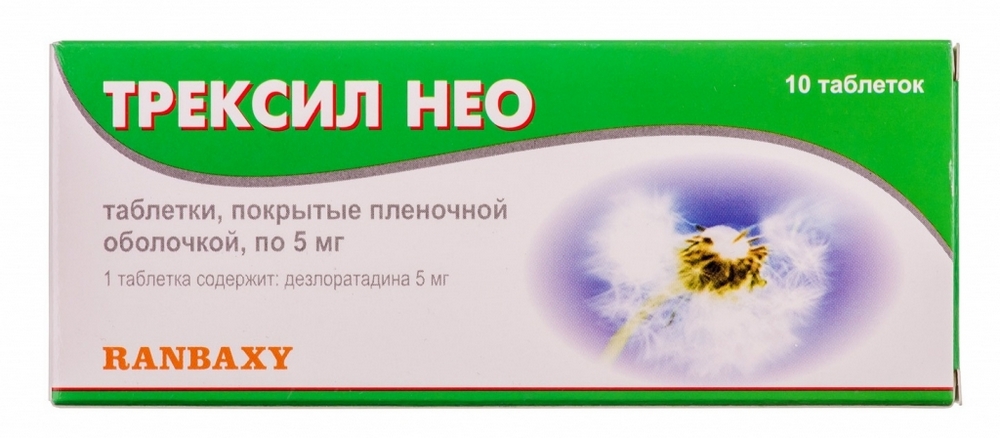
Hormonal agents
In the absence of an effect from AGP or in a severe course of the disease, fast-acting hormone-based drugs are used. Depending on the objective symptoms, existing contraindications and possible side effects, tablets, sprays, solutions for inhalation, ointments (creams) or injections are prescribed in a hospital setting.
Advantages:
- Quickly cope with rashes, unbearable itching and burning;
- Relieve inflammation;
- Eliminate swelling of internal and external tissues;
- Suppress pain syndrome;
- Relieve the condition in severe cases, including anaphylaxis and angioedema.
Disadvantages:
- May lead to the development of ulcers, high blood pressure and obesity;
- They provoke the development of steroid diabetes mellitus;
- Retain fluid, disrupting the work of the heart muscle;
- Reduce immune responses, increasing susceptibility to infections;
- Not used for more than five days as it may cause adrenal insufficiency.
It should be remembered that hormonal drugs may not stop, but only intensify the symptoms of urticaria. Therefore, the attending physician should be responsible for prescribing corticosteroids.
Hormone-containing drugs for babies with manifestations of urticaria are categorically contraindicated.
Popular hormonal agents are: Prednisolone, Dexamethasone, Diprosan, Hydrocartizone, Metipred.
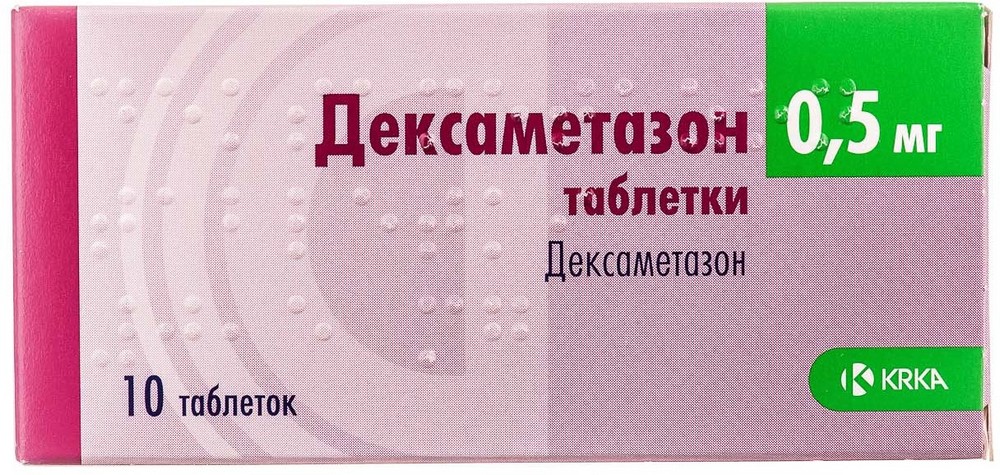
When anaphylactic shock occurs, the patient is injected with hormonal substances - Adrenaline or Epinephrine.
Preparations for external use
Preparations for external use can cope with tissue edema, eliminate itching and redness of the skin, accelerating the patient's recovery.
By the nature of the basis, the funds are divided into:
- cream, suspension, gel, emulsion - fatty base;
- paste, ointment, liniment - a non-greasy base.
In the pharmacy assortment there are three types of drugs for external use:
Non-hormonal ones - Wundehil, Protopic, Bepanten, Belosalik, Topikrem - are safe due to the mild, gentle action of the components. Their useful properties are quite enough to eliminate the symptoms of urticaria of 1-2 degrees of severity.
Advantages:
- The minimum number of contraindications and side effects;
- Lack of addiction;
- Possibility of use in infants, expectant mothers and breastfeeding women.
Disadvantages:
- Do not cope with severe cases;
- Not always effective;
- Not recommended for use in case of purulent inflammation.
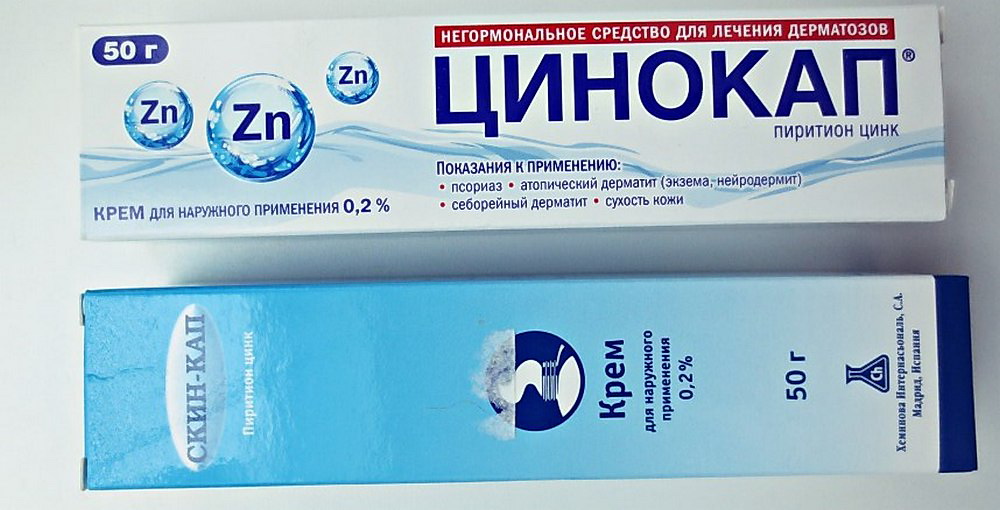
Hormonal - Akriderm, Advantan, Prednisolone, Hydrocortisone - well relieve skin inflammation, relieve swelling and itching, but due to contraindications, they are prescribed only in situations where urticaria symptoms manifested themselves in a bright and difficultly tolerated form.
Advantages:
- They are an excellent blocker of histamine receptors;
- Itching and other signs of allergies quickly stop.
Disadvantages:
- Increase the risk of various side effects: swelling, skin atrophy, increased blood pressure and glucose levels;
- Cannot be used on the face;
- It is forbidden to apply to expectant mothers and babies;
- Self-medication is unacceptable.
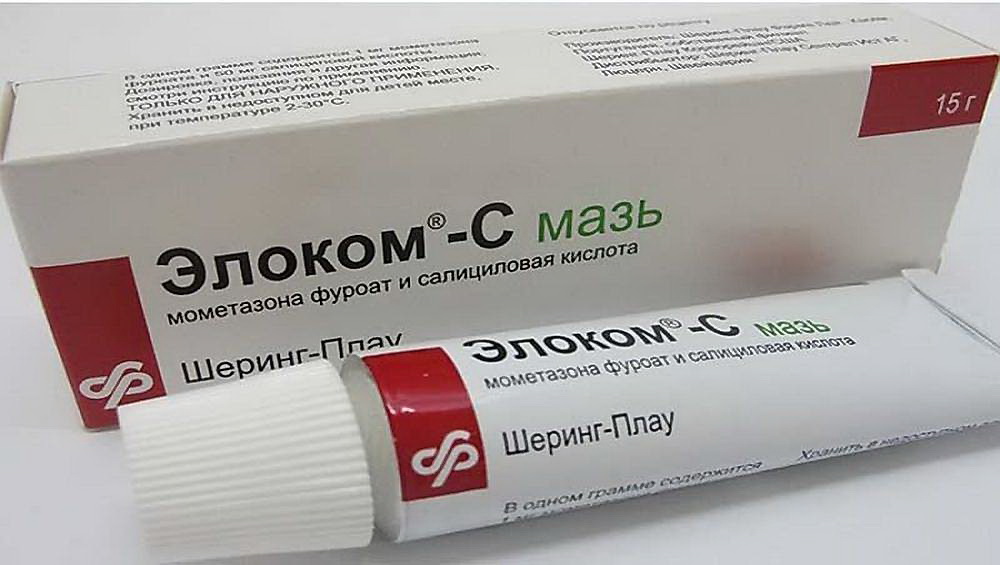
Antiallergic ointments with antibiotics - Supirocin, Bonderm, Flucinar, Fucidin - destroy pathogenic microflora, preventing the spread of the inflammatory process throughout the body.
Advantages:
- Eliminate the development of secondary infection;
- Sometimes they are suitable for the treatment of allergies on the face, mucous membranes of the eyes and eyelids, on the face;
- It is allowed to use from the second trimester of pregnancy;
- There are budgetary but effective options.
Disadvantages:
- You can use the drug only for 10 days;
- Only a doctor should prescribe;
- The impossibility of using a significant part of drugs in the treatment of children, pregnant or nursing mothers.
Medicines prescribed in special cases
Psychogenic urticaria is a kind of response of the human body to a stressful situation; it is rather difficult to treat. Since the cause of neurodermatitis is a dysregulation of the central nervous system, the patient, in addition to antiallergic drugs, is prescribed sedatives that help stabilize the psycho-emotional background.
- Antipsychotics to eliminate excessive excitability, feelings of anxiety - Quetiron, Sonapax.
- Sedatives that relieve stress in the nervous system - motherwort or valerian tincture, Novopassit, Afobazol.
Often, doctors, as an auxiliary therapy, recommend probiotics (Bifinorm, Linex), which help to restore the natural balance of the intestinal microflora.
Diuretics - Lasix, Hydrochlorothiazide, Veroshpiron, Uregit, Amiloride are prescribed as a constituent element of emergency care, as well as with severe edema that does not disappear even after the relief of acute manifestations.
In case of an acute course of pathology caused by food or drugs, laxatives can be prescribed - Bisacodyl, Senadexin, Guttalax, Slabilen, Glycelax.
In the event that traditional methods of treatment have not yielded a positive result, a dermatologist can prescribe a course of immunotherapy. Immunomodulators - Polyoxidonium, Cyclosporin, Tacrolimus - help to eliminate the focus of the disease, help remove toxins from the body and reduce the risk of complications.
Urticaria treatment during pregnancy
During pregnancy, local remedies in the form of ointments and gels are usually prescribed for treatment. The most effective drugs for external use - Bepanten and Fenistil gel - eliminate swelling, itching and irritation.
Drug therapy is usually selected individually, taking into account the severity of the condition and possible complications. Doctors usually advise pregnant women to take remedies to cleanse the liver and intestines.
- Enterosgel - helps to remove harmful components from the body that can provoke hives.
- Laktiale - used in the complex treatment of urticaria.
- Essentiale - improves liver function, as well as restores its cells.
- Folic acid is one of the vitamins that the body needs, especially in the early stages of pregnancy.
- Elevit pronatal is a vitamin complex designed specifically for pregnant women in order to strengthen the body's defenses and replenish the deficiency of useful components.
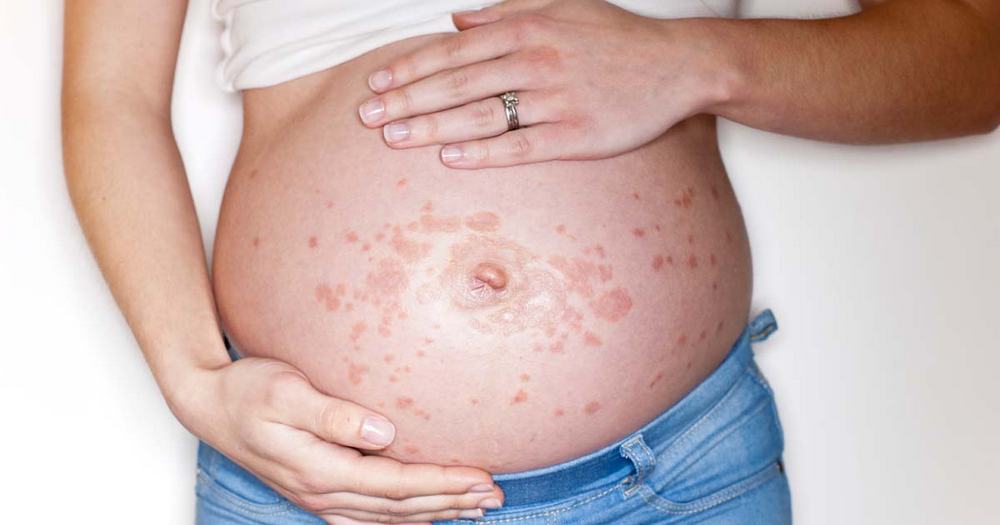
Corticosteroids during pregnancy are prescribed in exceptional cases, when the result of use outweighs the possible risks to the fetus.
Traditional methods
Traditional medicine can also help reduce symptoms. Most often, decoctions of herbs and medicinal plants are used to get rid of an allergic rash: celandine, oak bark, chamomile, calendula, yarrow, string, sage, mint, St. John's wort, cornflowers, valerian, nettle leaves and plantain root.
Baths of sea salt dissolved in water help to relieve itching for a while. A decoction of bay leaves will help get rid of the rash caused by an allergen and reduce redness of the skin in young children (even in infants). The tincture can be applied both locally in the form of compresses to the affected skin areas, and by adding it to a bath for bathing.
But we must not forget that herbal medicine is only an assistant for the main treatment and is carried out only after prior consultation with the attending physician. After all, all these plants are potential allergens, which, instead of relief, can cause complications.
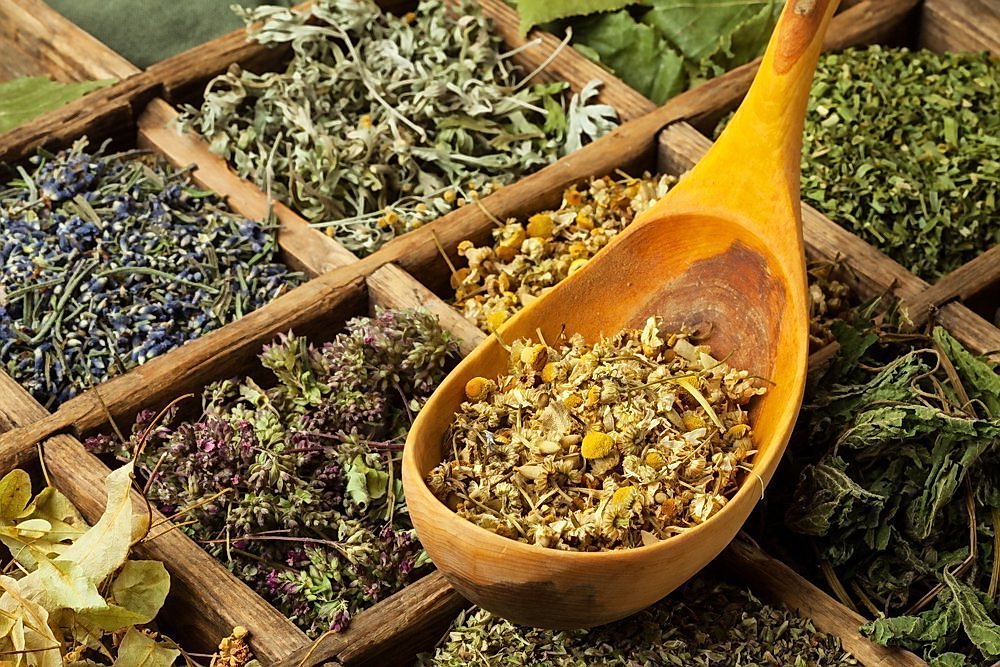
Which company is better
Over the past twenty to thirty years, many antihistamines of foreign and domestic manufacturers have appeared on pharmacy shelves. According to buyers' estimates and according to doctors, the following companies produce the best drugs for allergies:
- Egis is a pharmaceutical company from Hungary, in the range of which you can find Suprastin.
- Reddy's is an Indian pharmaceutical company that deals with both high quality but affordable generics and the creation of its own proprietary products. An example of this is Tsetrin.
- Zentiva is an international corporation (headquartered in Prague) that imports one of the best modern drugs against urticaria Zodak.
- Replekpharm / Berezovsky Pharmaceutical Plant - domestic manufacturers that produce a line of affordable, effective drugs for allergies. In particular, Cetirizine.
- OZON LLC is a Russian company, in the range of which you can find Loratadin.
- OJSC "Marbiopharm" is a modern pharmaceutical enterprise in the capital of the Republic of Mari El (the city of Yoshkar-Ola), which is familiar to customers for the antihistamine white pills Diazolin.
- Schering-Plow is a recognized leader in biotechnology, one of the largest international pharmaceutical corporations that produces the long-acting antihistamine Erius.
- Sanofi Winthrop Industrie is a French company represented in Russian pharmacies with Allegra allergy tablets.
Popular pharmaceutical anti-allergic agents are also produced by such concerns as Faes Farma / Menarini (Nixar), Menarini Actavis (Desal), Sun Pharmaceutical Industries Ltd.(Feksadin), Industrias Farmaceuticas Almirall (Kestin).
Key characteristics of urticaria drugs
| № | Characteristic | Recommendations |
|---|---|---|
| 1 | Release form | Urticaria medicines are available in the following forms: tablets, capsules, pills, syrups, injections, ointments, creams and gels. |
| 2 | Active ingredients | The components can be a variety of substances: diphenhydramine, mebhydroline, cyproheptadine salts, chloropyramine, dimethindene, fexofenadine, desloratadine, clemastine hydrofumarate, glucocorticosteroids. |
| 3 | Mode of application | Tablets, capsules, pills, syrups are taken orally according to the treatment regimen. Solutions for injection are usually used in a hospital setting. External remedies can be applied independently at home. |
| 4 | Application frequency | The choice depends on the allergic history, the complexity of the disease and the likelihood of side effects. |
| 5 | Duration of treatment | AGP of the First generation - 1 piece from one to three times a day. Duration of admission is from 5 to 10 days. |
| AGP of the Second and Third generation - once a day, 1 piece. Continue treatment for 5 to 12 days, depending on the severity of symptoms. | ||
| Ointment - a thin layer 3-4 times a day. The therapeutic course can last up to two weeks. | ||
| Hormonal drugs - from 1 to 4 tablets per day, depending on the severity of the pathology. Usually the patient takes the medicine for no more than a week. | ||
| Ointment - 3 times a day, no more than seven days. | ||
| 6 | How much is | The prices differ depending on the form of the drug and the manufacturer. Cream or ointment costs on average 200 rubles, tablets - 340 rubles. |
Rating of quality drugs for 2020
Among the huge list of drugs for urticaria, there is no ideal miracle cure, each has its own advantages, disadvantages and features.
Best pills
Tavegil
Manufacturer: Switzerland. The average price is 285 rubles for 20 tablets.
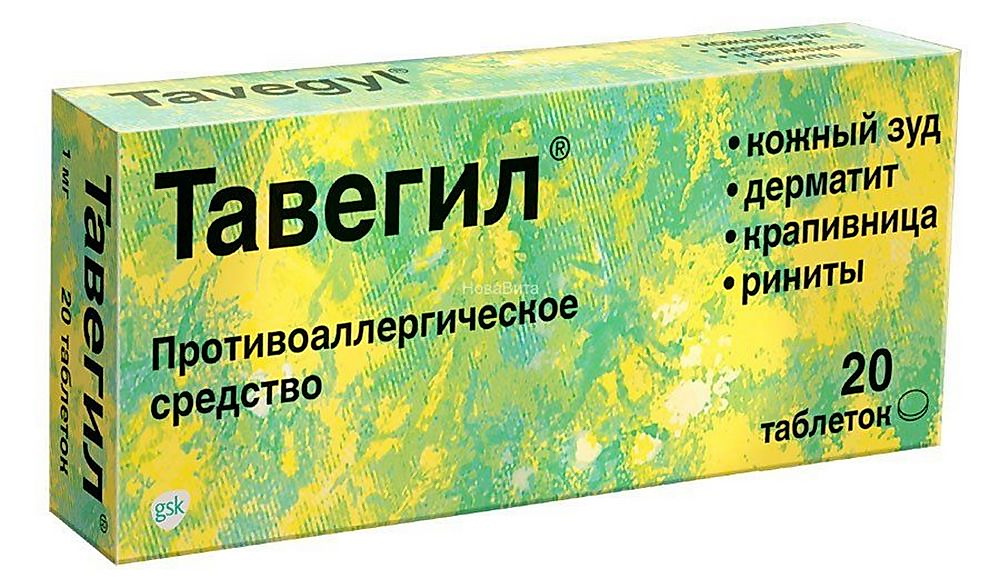
AGP is characterized by a rapid onset of action. With the help of Tavegil, the process of swelling is inhibited, itching and rash are reduced. Many women use the drug in case of a negative skin reaction to the components in the makeup.
Advantages:
- High efficiency;
- The action can last up to 12 hours;
- Combines well with other medicines;
- Price.
Disadvantages:
- You may be allergic to the herbal components of Tavegil;
- Drowsiness, lethargy, inhibition of reactions, or vice versa, excessive agitation, insomnia;
- Contraindicated in patients under six years of age, pregnant and lactating mothers.
Suprastin
Manufacturer: Hungary. The average price is 180 rubles for 20 tablets.
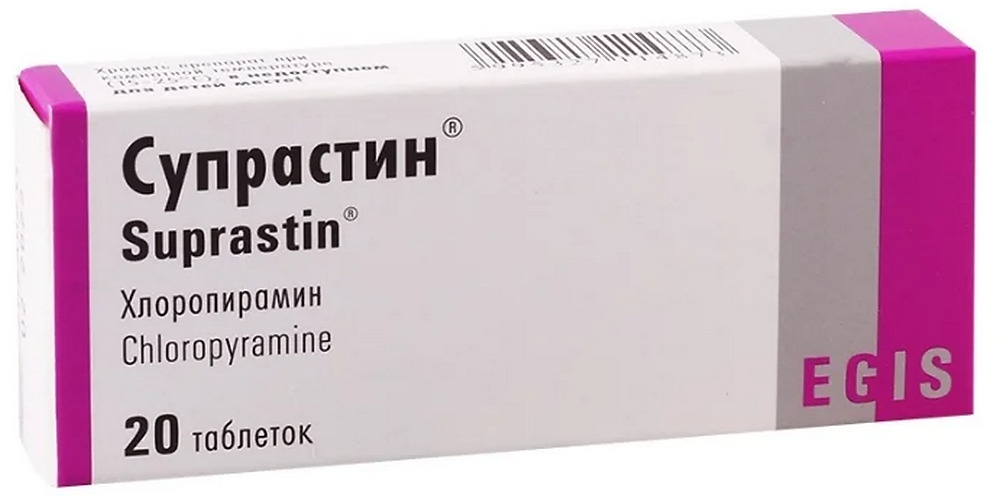
Suprastin's main trump card is speed of action. After oral administration, the drug begins to act after 15 minutes. In addition, the remedy is ideal if the hives were caused by short-term exposure to an allergen. The effect of AGP reaches its maximum by the end of the first hour and lasts for 3-6 hours.
Advantages:
- Proven efficiency;
- Price.
Disadvantages:
- Causes drowsiness and inhibits reflex reactions;
- Addiction sets in with constant use;
- Not prescribed for small children and pregnant women, drivers and doctors.
Claritin
Manufacturer: Belgium. The average price is 450 rubles for 30 tablets.
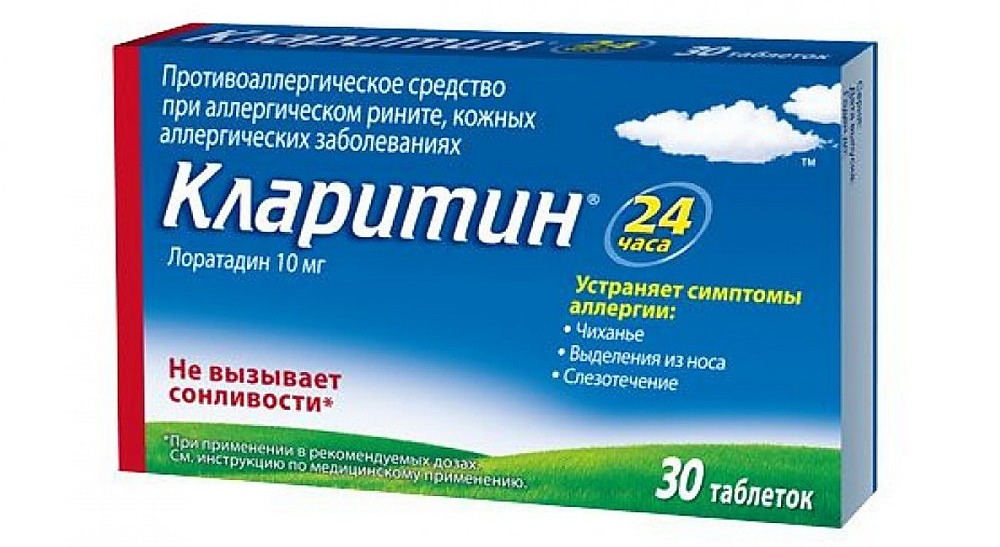
The medicine helps with an acute allergic attack. It does not have a negative effect on the central nervous system of a person, which means that after taking Claritin, the patient will not fall asleep.
Advantages:
- Fast and long lasting effect;
- Lack of addiction;
- Recommended for the elderly and children over a year old.
Disadvantages:
- Nausea, headache;
- Upset stomach;
- Negative reactions to ingredients;
- Quite high cost.
Cetrin
Manufacturer: India. The average price is 160 rubles for 20 tablets.
A recognized leader among medications that are recommended for use in various forms of urticaria, including chronic idiopathic.The positive effect develops 20 minutes after consumption and lasts for 24 hours. Approved for use from 6 years old. To maintain a stable condition of the patient, one dose per day is enough.
Advantages:
- Perfectly relieves itching;
- Does not cause drowsiness;
- Does not inhibit reactions and reflexes;
- Does not impair attention and vision;
- Side effects are mild.
Disadvantages:
- Sometimes it does not completely cope with rashes and spots.
Zyrtec
Manufacturer: Switzerland. The average price is 160 rubles for 7 tablets.
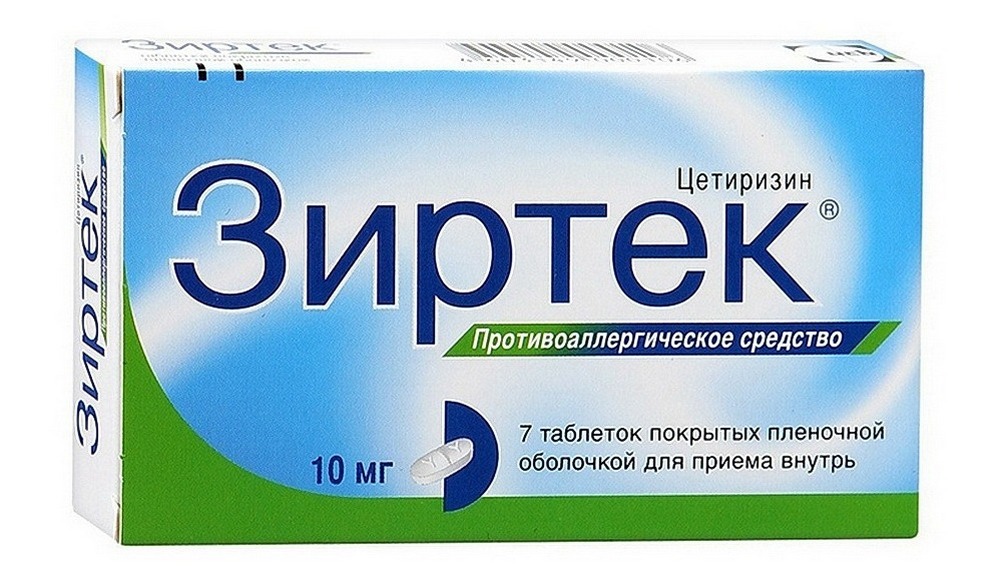
It prevents the development and facilitates the course of allergic reactions, has an antipruritic and antiexudative effect. After a single dose, the onset of the effect is observed after a quarter of an hour, the effect lasts more than a day. Against the background of the course of treatment, addiction to Zyrtek does not develop. After stopping treatment, the effect persists for more than 70 hours.
Advantages:
- Possesses high efficiency;
- Recommended for children from two years old;
- Side effects are mild.
Disadvantages:
- Individual sensitivity and intolerance to the components;
- Not recommended for kidney disease.
Erius
Manufacturer: Belgium. The average price is 460 rubles for 10 tablets.
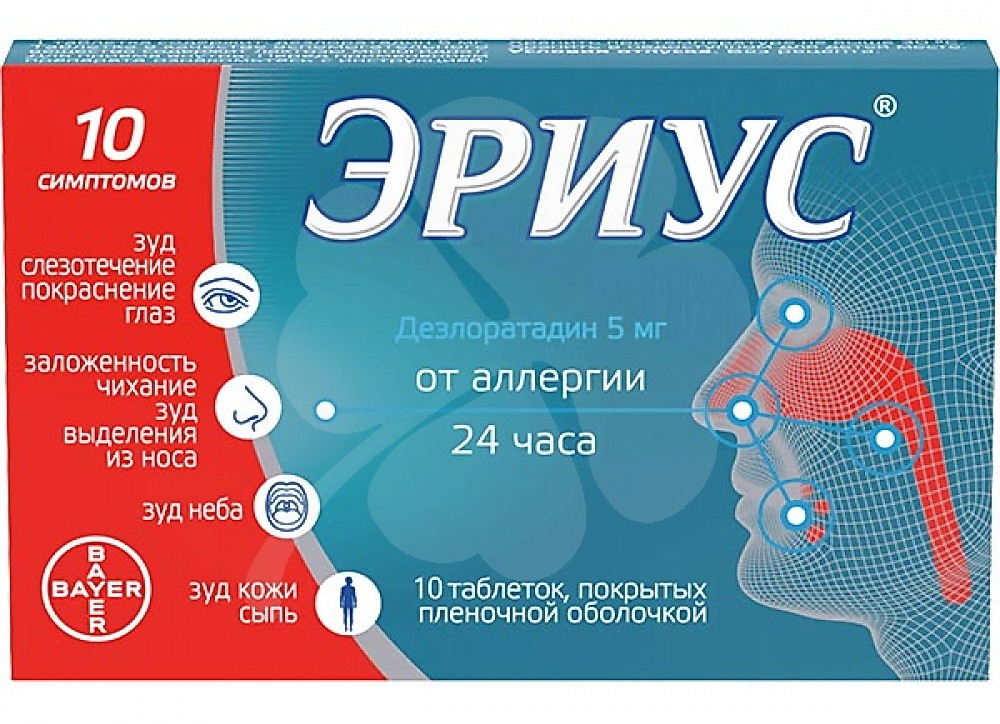
The drug of the latest generation (metabolite) has a pronounced anti-allergenic effect that appears almost immediately. Erius is considered a long-acting drug. The tablets that dissolve can be given to children from 6 years of age. Blue-coated tablets are prescribed from the age of 12.
Advantages:
- Only 1 tablet is used per day;
- Allowed to be combined with other medications;
- Is taken regardless of the meal;
- Before and immediately after admission, it is allowed to drive vehicles.
Disadvantages:
- Sleep disturbance;
- Not recommended during pregnancy and breastfeeding;
- Active and additional components of the drug can cause allergies;
- High price.
Prednisolone
Manufacturer: Hungary, India. The average price is 110 rubles per 100 tablets.
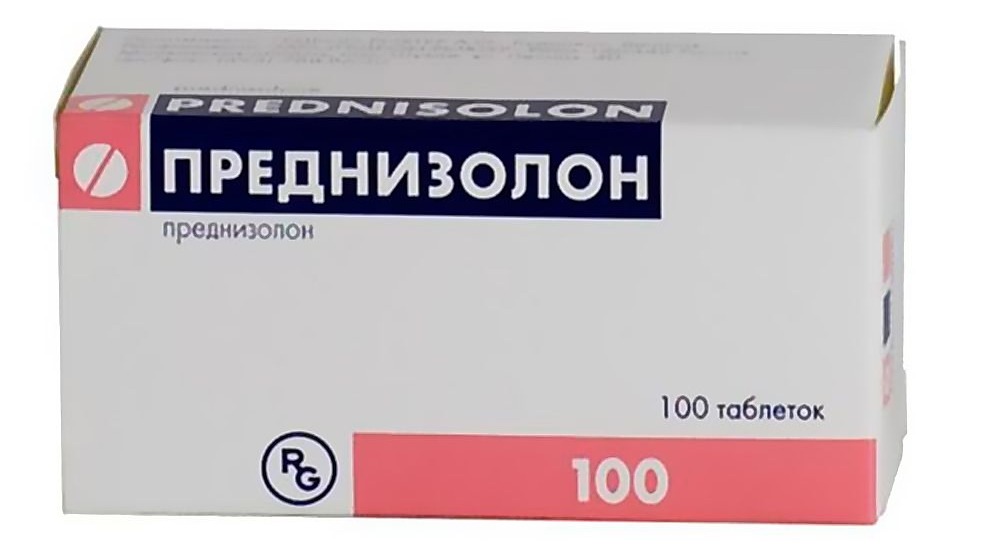
The hormonal preparation is indispensable in severe cases, when the whole body becomes one big spot and itches a lot. Also, tablets are prescribed when the patient has severe swelling of the mucous membrane of the throat and bronchi, Kvitke's edema, shock. To stop an attack of urticaria in children, Prednisolone can be used only under medical supervision.
Advantages:
- Helps where antihistamines are powerless;
- The effect develops rather quickly;
- Affordable cost.
Disadvantages:
- Able to lead to irreversible changes;
- The tablets are very bitter;
- There are many possible side effects.
Kestin
Manufacturer: Spain. The average price is 240 rubles for 10 tablets.
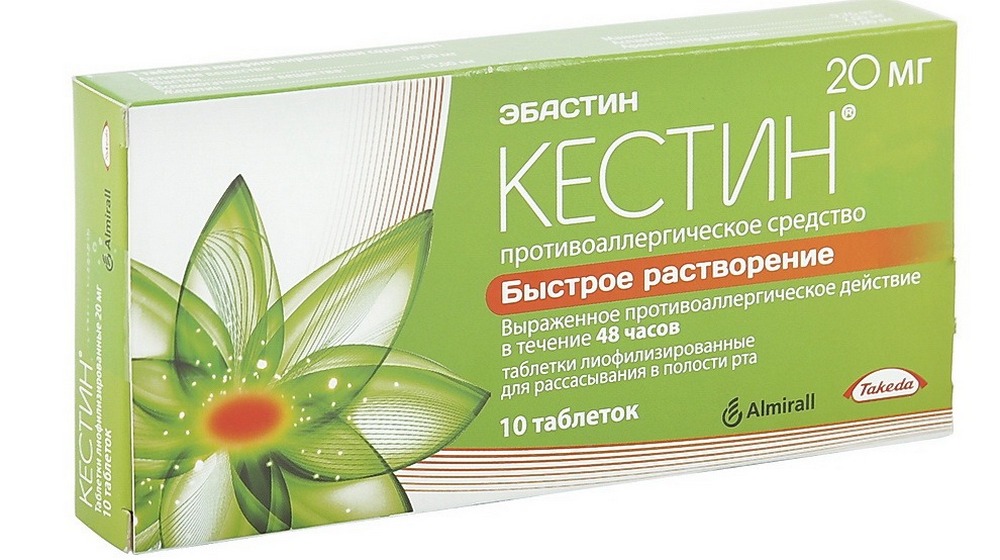
It is indicated for the symptomatic treatment of chronic idiopathic urticaria. The action begins one hour after ingestion and lasts 72 hours after its cancellation. Allowed for use from 12 years old.
Advantages:
- The recommended dose is 1 tablet once a day;
- Does not have a sedative effect;
- Can be taken with or without food.
Disadvantages:
- Headache;
- Cannot be used for the treatment of acute allergic conditions requiring emergency care.
The best ointments, creams, gels
Fenistil
Manufacturer: Switzerland. The average price is 180 rubles.
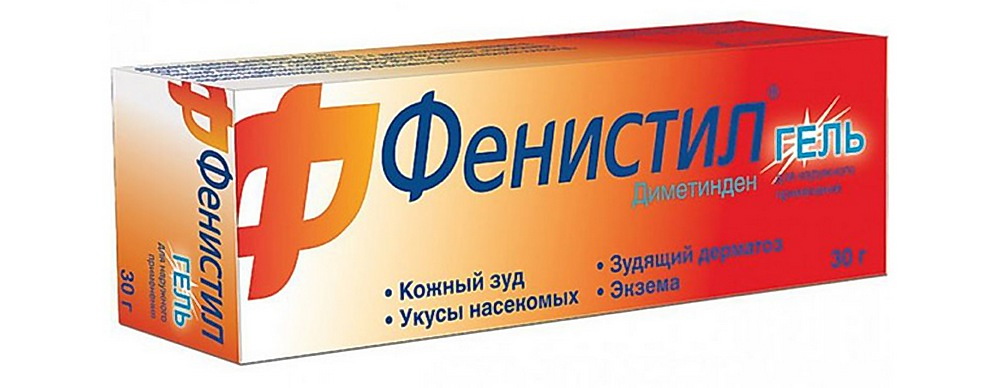
The gel, when applied to the skin, cools slightly and begins to act quickly. The maximum positive effect can be achieved after three hours. In pediatrics, Fenistil is used for babies from the second month of life.
Advantages:
- Absorbs quickly without leaving marks;
- Reduces itching, irritation;
- Has a local anesthetic effect;
- Odorless;
- Suitable for babies.
Disadvantages:
- May cause dry skin;
- Avoid exposure to sunlight.
Nezulin
Manufacturer: Russia. The average price is 110 rubles.
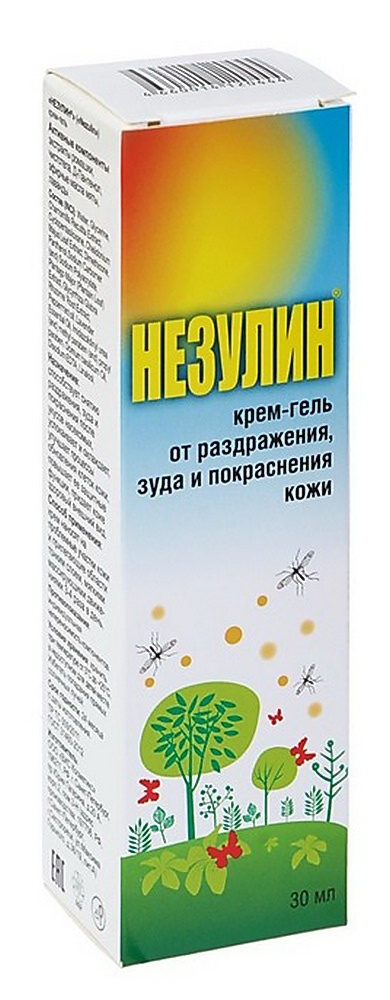
Contains herbal extracts, essential oils and D-panthenol.The natural ingredients included in the composition relieve inflammation, irritation, and have a softening effect on the skin. It is used only as a complex therapy, no more than 2 weeks.
Advantages:
- Natural composition;
- Absorbs quickly;
- Eliminates itching and irritation;
- Increases local immunity and prolongs remission;
- Can be used during pregnancy and for treating small children;
- Inexpensive cost and availability.
Disadvantages:
- Individual intolerance is observed.
Advantan
Manufacturer: Italy. The average price is 550 rubles.
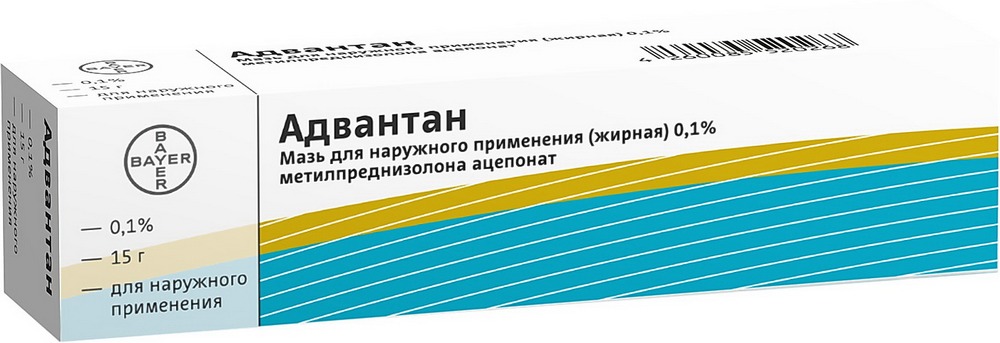
Hormonal ointment effectively relieves nettle rashes and heals wounds that occur in areas of scratching. The first positive result develops very quickly. Advant is applied once a day. Can be used for three months for adults and for a month for children.
Advantages:
- Well tolerated;
- Acts quickly;
- It is economically consumed;
- Not prohibited during pregnancy,
- Approved for use in children from 4 months.
Disadvantages:
- High price.
Flucinar
Manufacturer: Poland. The average price is 260 rubles.
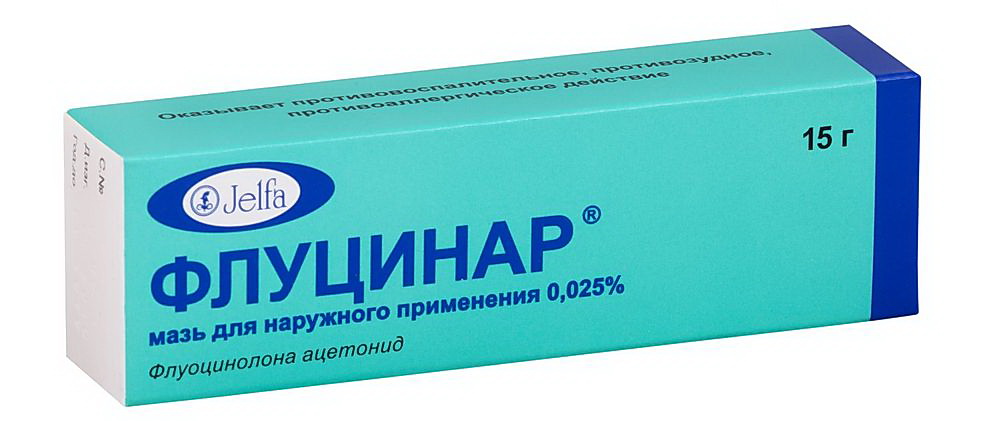
The hormonal gel has a fairly strong effect on the skin. It leads to an almost instant reduction in inflammation and the elimination of allergic manifestations. Apply the drug with light massaging movements no more than twice a day. The therapeutic course is 7 days. For large skin lesions - two weeks.
Advantages:
- Works in a couple of minutes;
- Absorbs quickly;
- Leaves no sticky residue.
Disadvantages:
- Signs of irritation may appear in the area of application;
- Not prescribed for children under 2 years of age;
- It is quickly consumed.
Irikar
Manufacturer: Germany, Average price - 800 rubles.

The medicine is effective for urticaria, which is not amenable to treatment with other medicines or if there are contraindications to their use. It is possible to use the ointment simultaneously with other agents, including those that are also applied to the area with a pathological process.
Advantages:
- Relieves inflammation, itching and other symptoms of urticaria;
- Allowed for use in children's practice (from 1 year old), during pregnancy and lactation.
Disadvantages:
- In some cases, local hypersensitivity reactions are possible;
- High price.
Prevention
In the modern world, urticaria is considered as the most common allergic disease, the causes and mechanisms of which have not yet been fully understood. It is not provoked by viruses or microbes, does not pass from person to person and is not dangerous to others. However, the disease can significantly disrupt the usual life, causing a lot of unpleasant symptoms.
Until now, unfortunately, there are no universal measures that can completely prevent the appearance of urticaria. But you can reduce the risk of a skin reaction by following the recommendations of dermatologists:
- Avoid hypothermia, overheating and stress.
- Eliminate allergenic foods from the diet.
- Apply photoprotective products to exposed skin in summer before going outside.
- Wear loose items made from natural materials.
- Do not use hypoallergenic cosmetics and household chemicals.
- Give up addictions (smoking, caffeine and alcohol) that can contribute to the development of pathology.
- Do not self-medicate - see your doctor and start treatment.

